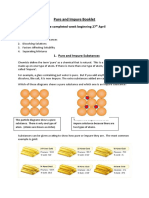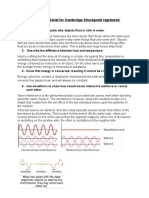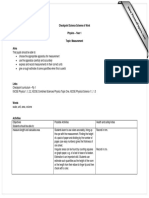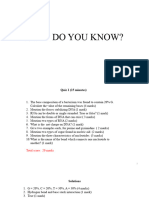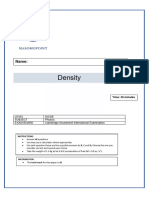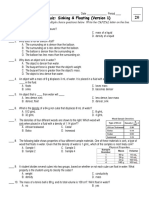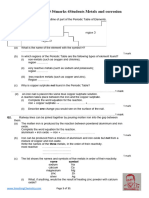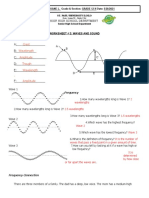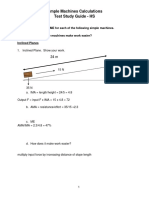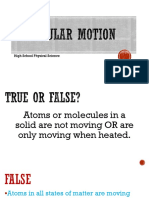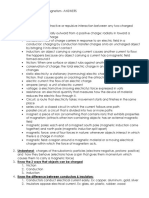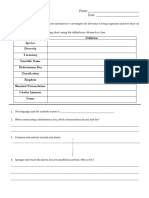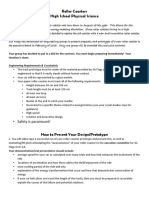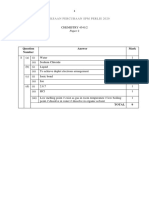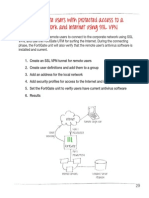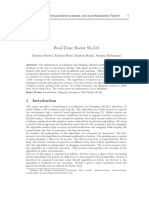0% found this document useful (0 votes)
682 views22 pagesSound Waves Intro
The document discusses an upcoming waves quiz, including having students take out their wave notes, write their name on a half sheet of paper, and complete the 15 minute quiz. It also covers review material on compressional waves, including the parts of a compressional wave, how amplitude relates to loudness, and how frequency relates to pitch. Students are instructed to draw illustrations comparing compressional and transverse waves.
Uploaded by
api-325864985Copyright
© © All Rights Reserved
We take content rights seriously. If you suspect this is your content, claim it here.
Available Formats
Download as PPT, PDF, TXT or read online on Scribd
0% found this document useful (0 votes)
682 views22 pagesSound Waves Intro
The document discusses an upcoming waves quiz, including having students take out their wave notes, write their name on a half sheet of paper, and complete the 15 minute quiz. It also covers review material on compressional waves, including the parts of a compressional wave, how amplitude relates to loudness, and how frequency relates to pitch. Students are instructed to draw illustrations comparing compressional and transverse waves.
Uploaded by
api-325864985Copyright
© © All Rights Reserved
We take content rights seriously. If you suspect this is your content, claim it here.
Available Formats
Download as PPT, PDF, TXT or read online on Scribd
/ 22


